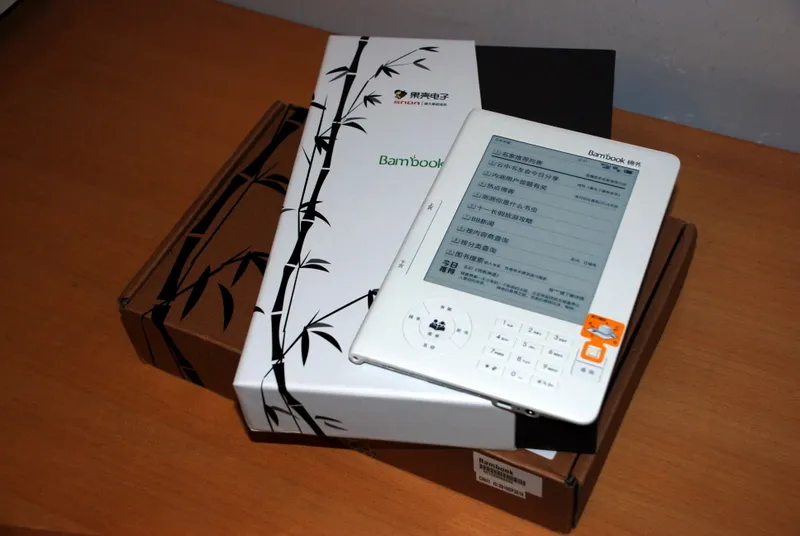Bambook Update

It’s been almost two months since the last update, and finally, the Shanda Bambook team has released a new firmware. Unfortunately, they are still playing the game of internal and public beta testing with staggered updates. It seems I won’t be able to wait for that day; I’m leaving tomorrow, and without internet at home, I won’t be able to update. Looks like I’ll have to stick with the TXT mode.
It’s only been about 10 days since I finished my internship at the court. During this time, I participated in a group buying website project. However, feeling overwhelmed by the pressure and having other job options, I decided to leave the team.
Group buying has been a hot and rapidly growing internet trend since 2010. The number of group buying sites has exploded from zero to nearly 2000, with almost every city having its own group buying website.
Previously, I analyzed the basic situation of group buying websites in the Foshan area. Currently, the competition isn’t very fierce, with only one or two notable websites, and their services are mostly limited to food, drinks, and movies.
If it’s just a few people starting a business to escape the grind of working for others, or simply to make a basic living, it’s not too difficult, though the results might be slow.
Regarding group buying, I aim to write a summary article before I go home. After all, this might be the first substantial step I’ve taken in my job search.
Bambook is currently the second most frequently used electronic device for me, with the computer being the first. Following Bambook are my BlackBerry, MP3 player, radio, and camera…
Bambook is not a mature product, but it’s something Amazon has ventured into, and with Shanda’s determination to persist in the cultural field, the quality shouldn’t be too bad. Previous estimates suggested that just the hardware cost of Bambook exceeded 2500 yuan, which, although a bit outrageous, indicates that this device isn’t likely to depreciate easily.
Since I didn’t buy it myself and didn’t read the manual, I didn’t pay much attention to protecting it at first, using it as casually as a phone. Later, after seeing many reports of screen breakage online, I anxiously bought a case for 20 yuan on Taobao. Since then, I’ve been treating it like a treasure, wrapping it in several layers of foam to prevent any scratches or major damage. (Replacing the screen costs 670 yuan.)
Bambook uses the Android system but hasn’t opened up its underlying applications. The much-hyped Shanda Bambook development contest with substantial prizes has produced only ordinary applications with little innovation. So far, I’ve downloaded fewer than 10 apps, many of which I deleted immediately. As a seasoned netizen, if my behavior is like this, it’s even more so for those who are genuinely just literature enthusiasts. Thus, the most downloaded app in the Bambook app center, the Google Reader generator, has only been downloaded 3500 times.
Bambook is still only suitable for reading traditional text. It struggles with the reading modes prevalent on the internet, such as handling images and links, which are the most common elements on the web.
Currently, I have over 400 books on my Bambook, but I’ve only read six or seven from start to finish, even with frequent late-night reading and sneaking reads during work hours. Although Bambook only has 2GB of storage, given my reading speed, if I were to fill it with books, it would probably take decades to finish them all.
For people like me, we can only read pirated or free TXT books. I have no interest in Shanda’s painstakingly built online bookstore, especially since most of the books I like are out of copyright (the authors have been dead for more than 50 years), so I feel safe downloading TXT versions.
I’ve uploaded some of the books I’m currently reading to Maiku, as it might be useful in the future. After all, constantly searching online for these isn’t a sustainable solution.